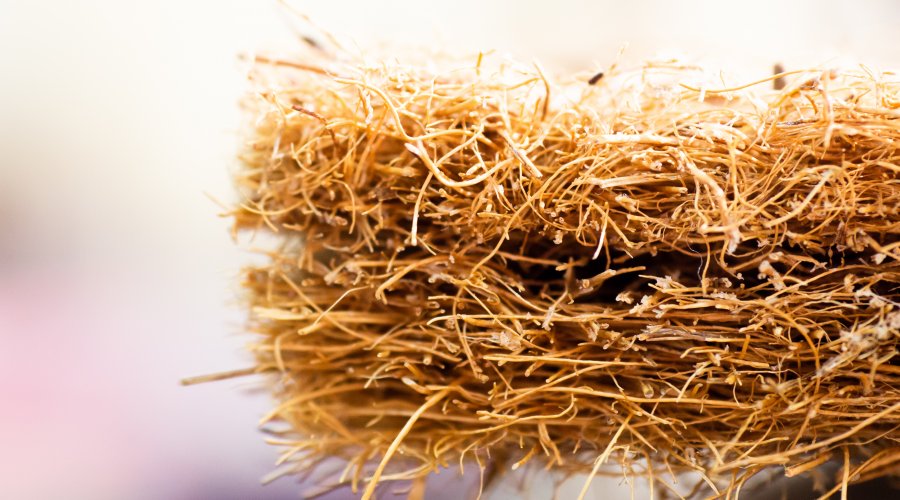The Pros And Cons Of Growing In Coco Coir
- Wednesday, 20th Apr, 2022
- Admin

Many hydroponic and soil growers prefer coco coir for a variety of reasons, but you have to keep track of important details to maintain your growth. Details such as how the medium is made, its general properties, and what coco coir nutrients are needed to keep your crop healthy. Managing nutrients is particularly important when working with coir.
Here are all the facts you need to know about this growing medium, plus how Advanced Nutrients makes it easy to manage pH and nutrient balance for your coco coir-grown plants. In this article, we’ll cover:
The advantages and disadvantages for growing in Coco Coir
Let’s take a moment to cover the pros of this growing medium.
Quick harvests and big yields: When used for drain-to-waste growing, coco coir gives excellent results. With the right coco coir nutrients in your water bath, your plants spend less time searching for food and more time growing.
Plenty of room for the root system: Coco coir offers a rare combination of excellent water retention, reliable drainage and ideal aeration. It gives the roots plenty of room, allowing for optimum air exposure.
pH-neutral value: Coco coir has a neutral pH range of 5.2–6.8, but you’ll still need nutrient support because this range will fluctuate over time.
Minimizes harmful pathogens and reduces the risk of pests: This medium boasts antifungal properties, which keeps the roots happy. It can repel some pests, meaning your growth is easier to maintain.
Environmentally conscious product: On average, a coconut tree produces 150 coconuts annually. Coco coir uses parts of the fruit that used to go to waste.
Reusable medium: When properly treated, coco coir can be reused. It’s durable, but you need to make sure you prep it correctly for the next growth cycle to guarantee a hearty crop.
Any growing medium has its limitations, and you have to understand the traits of coco coir to ensure you develop the best crop possible.
Possible high salt content: Make sure you research how the coco medium you choose is produced. If the husks were soaked in salt water, confirm it was rinsed with fresh water by the manufacturer, or learn how to properly do it yourself.
Chemical treatment: At the end of the drying process, coir bales might be treated with chemical agents to ensure pathogens didn’t bloom inside. Learning how it was treated may help you manage your crop, since the chemical residue could affect plant growth.
Can lock out calcium, magnesium and iron: Because of its high cation exchange rate, coco coir stores and releases nutrients as needed, but it tends to hold calcium, magnesium and iron. This means you’ll need to use specific coco coir nutrients to boost Ca, Mg and Fe levels for healthy crops.
Coco must be fed daily. In order to overcome the cation exchange capacity of the coco, it is still important to use a coco-specific nutrient, but you also want to feed quicker than the coco can negatively react with the nutrients. Coco is extremely difficult to overwater, holding on to oxygen even when drenched, so some hand-watering soil growers may find coco requires more work. However, commercial growers often love this feature because they can connect automated drip lines to the plants.